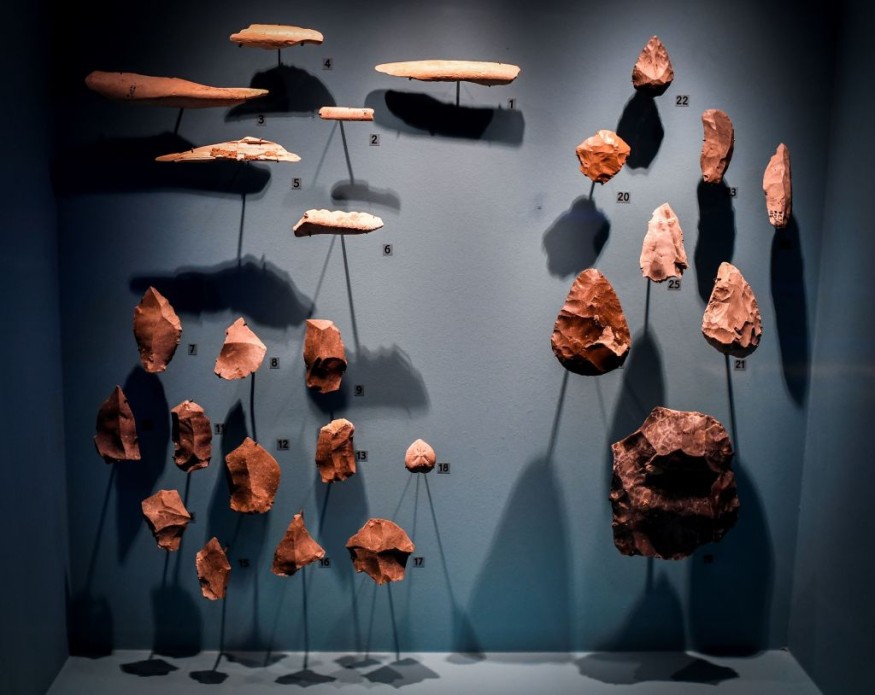
According to a study, a group of bones that had been kept in a box for several decades actually belonged to Neanderthals who lived over 50,000 years ago.
Remains of Three Neanderthals in a Box
A group of scientists said on Thursday that they had located 54 Neanderthal remains, which match at least three people in the bone collection.
At a presentation on Thursday, the bones were made public in northeastern Spain's autonomous region of Catalonia.
The remnants come from the "Cova Simanya" cave site, which is just outside Barcelona, the capital of Catalonia, in the Sant Llorenç del Munt i de l'Obac Natural Park.
These bones, found in the Iberian Peninsula, constitute a major discovery, marking the largest Neanderthal remains collection in the region.
Researchers believe they belong to three Neanderthals: an adult, likely female, a child (7-8 years old), and a juvenile (11-12 years old) in the 1000-foot-long Cova Simanya.
Neanderthals (Homo Neanderthalensis)
Experts say that Neanderthals, originating from Eurasia, are the closest relatives of modern humans. The species went extinct about 40,000 years ago.
This recent discovery includes bones from arms, limbs, jaw, vertebrae, and some teeth.
The adult individual is particularly noteworthy, according to Antonio Rosas, director of the paleoanthropology department at the National Museum of Natural Sciences in Madrid, Spain.
Remains from both arms were identified, including a complete humerus and a nearly complete hand, as well as feet, different vertebrae, and ribs.
53 Neanderthal Bones From 50,000 Years Ago
Initial dating work at Cova Simanya has revealed the presence of Neanderthals dating back at least 50,000 years, as announced by Juan Ignacio Morales, co-director of the excavations and a researcher at the Catalan Institute of Human Paleoecology and Social Evolution (IPHES).
Further dating techniques are being employed for better precision.
The discovery's backstory is somewhat serendipitous. In the late 1970s, amateur Miguel Aznar conducted a clandestine dig outside the cave's entrance, unearthing human bones, animal remains, and pottery fragments.
These were stored at his home until 1986 when they were donated to the Archaeology Museum of Catalonia. The contents went unnoticed until 2020 when researchers opened the box.
Also Read : Ancient Village on Stilts Found Under Oldest Lake in Albania Has 100,000 Spikes for Defense
Surprisingly, it contained Neanderthal remains, a revelation given that researchers initially expected more recent finds like ceramics and tools.
Subsequent analysis confirmed the Neanderthal origin of the bones, sparking a new research project at Cova Simanya.
The excavations uncovered a juvenile Neanderthal's wisdom tooth, linking it to the box's collection.
Other Neanderthal remains found by Aznar in the 1970s also contributed to the study.
Research at the site unearthed stone tools, animal remains, and evidence of fire use, indicating sporadic Neanderthal camp use during the middle Paleolithic period.
The cave also served as a refuge for brown bears and extinct cave bears.
While DNA analysis remains elusive, these findings hold promise for understanding Neanderthal origins in the Iberian Peninsula, contributing to the broader narrative of Neanderthal evolution and their relationship with the region.
© 2025 NatureWorldNews.com All rights reserved. Do not reproduce without permission.





